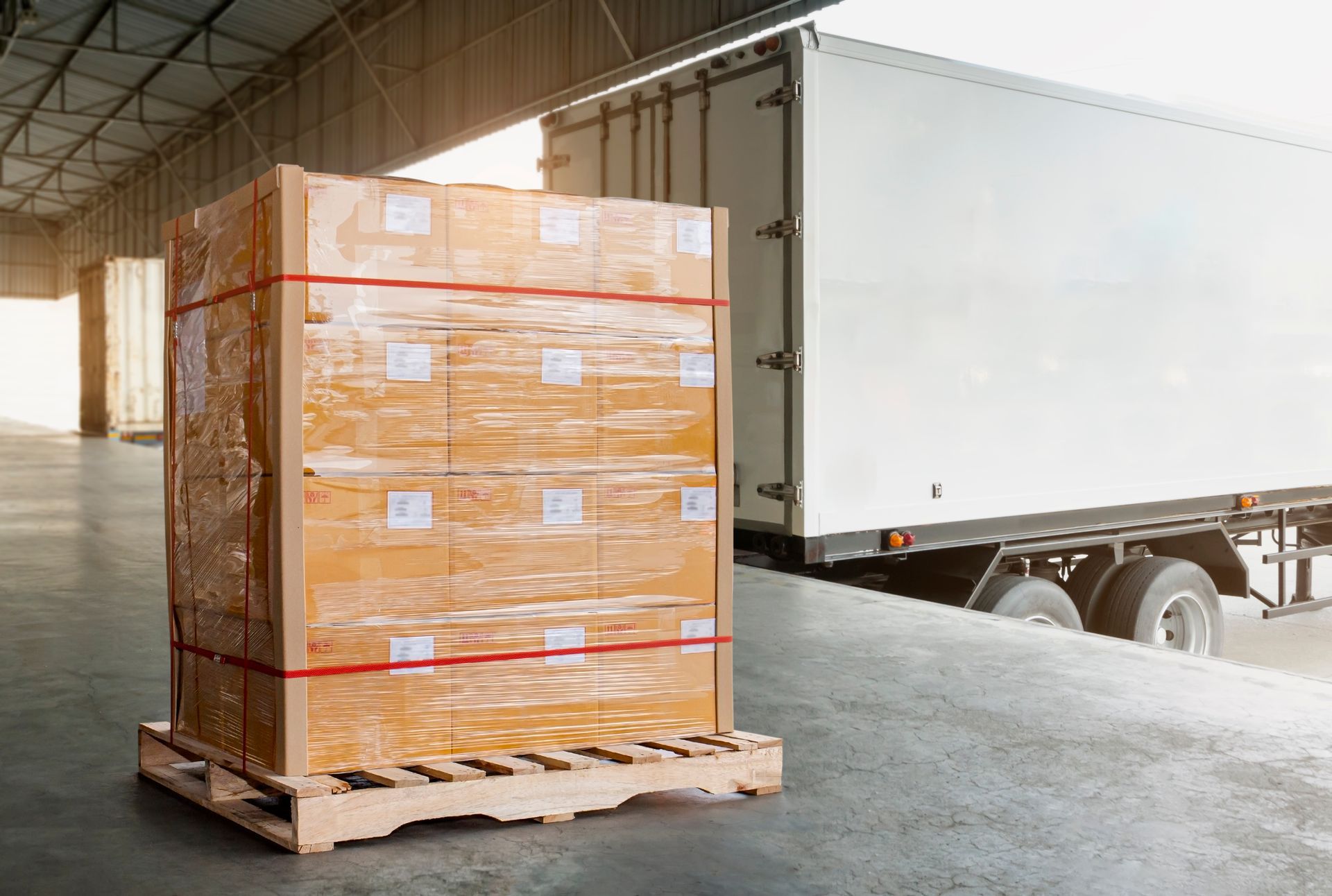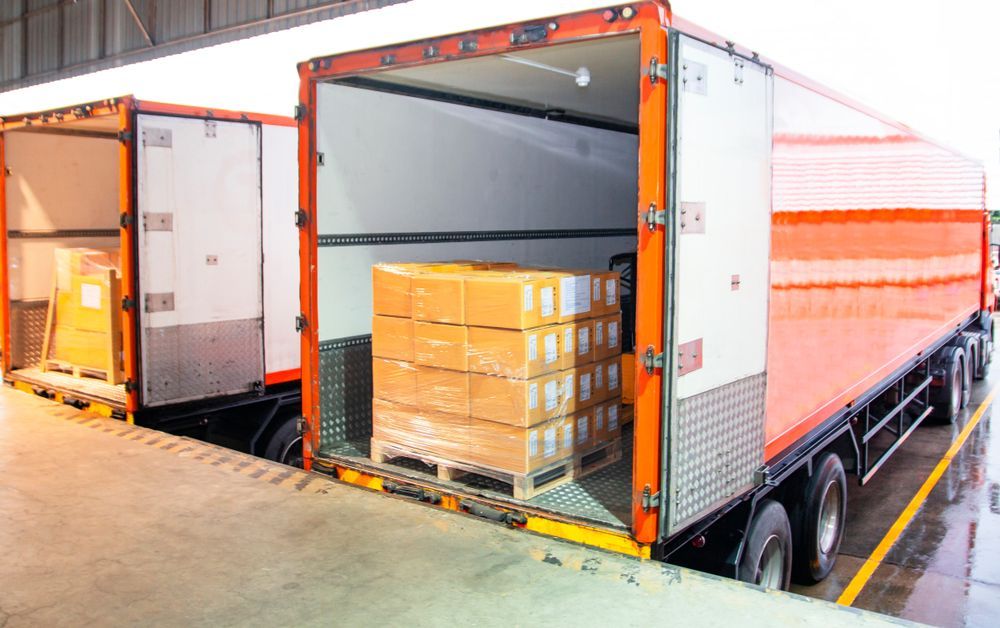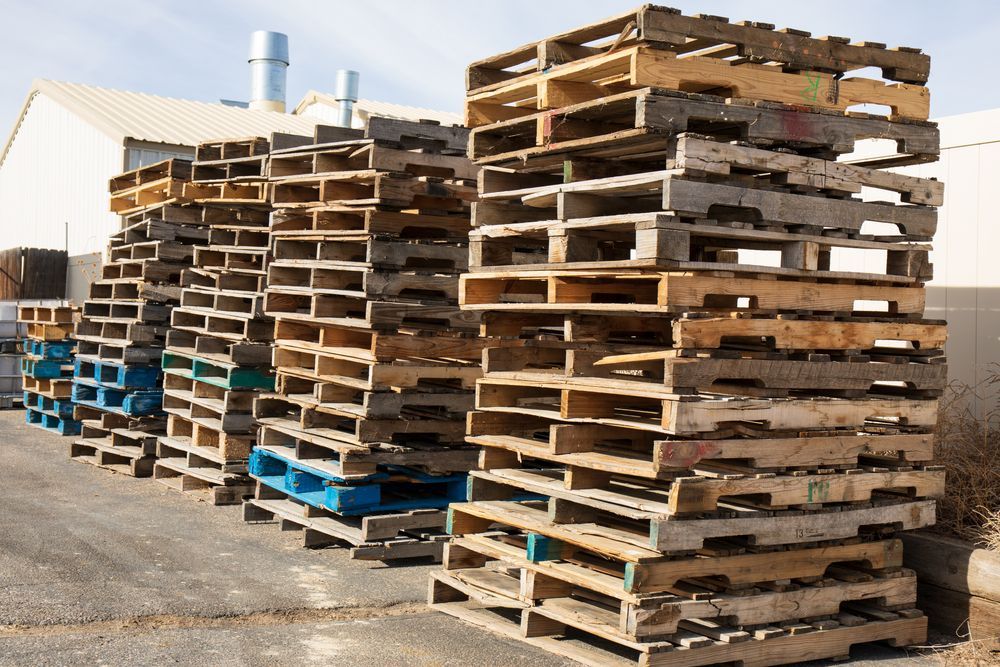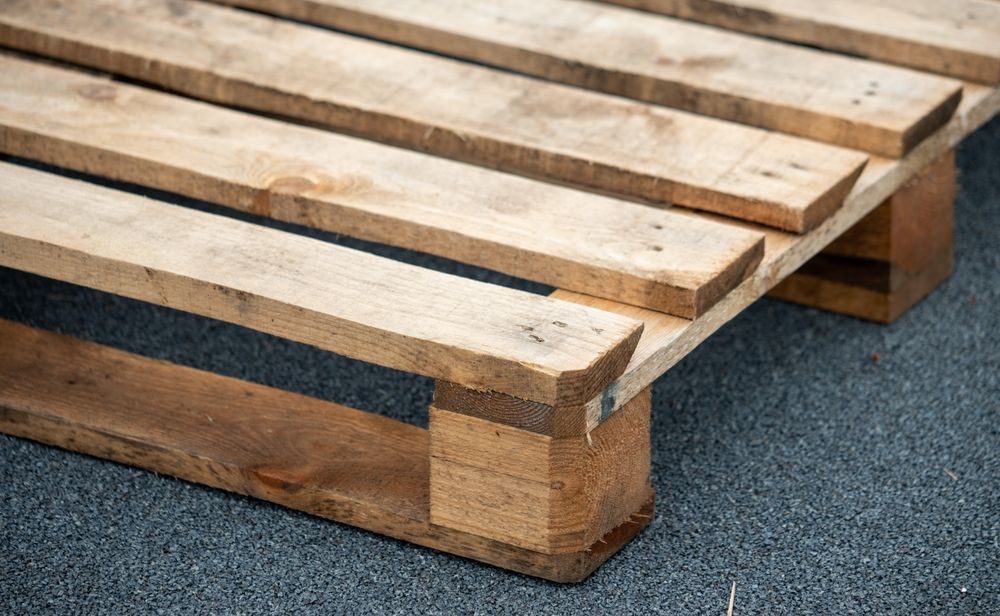Palletization: Importance in Freight Handling Process
Share this article:

What is Palletization?
At its core, palletization is the process of stacking items on a pallet for the purposes of shipping. Those items are usually stacked according to their weight and are arranged in a pattern that changes based on the design.
Why is Palletization Important?
Especially in the global economy that we're all now operating in, palletization with regard to shipping is of paramount importance.
Items not only need to be shipped safely in a way that guarantees stability over long periods of time, but product integrity as well. Products can't get shipped halfway around the world only to arrive damaged beyond repair. Palletization helps make this possible - reducing costs and losses for businesses, increasing the speed and reliability of global shipping, and more.
Advantages of Palletization
Especially during a time when global shipping costs are on-the-rise, palletization brings with it an almost immediate cost-savings benefit for most businesses. Rather than shipping products individually, as many units as possible can all be condensed into a single load. It is then moved from "Point A" to "Point B" as a single unit rather than as multiple shipments, which makes it more cost-effective to both handle and transport.
In a larger business sense, palletization also allows for faster product handling and shipment. Products can be loaded and unloaded faster than they could individually. They can also be placed on delivery vehicles more quickly as well. This makes them more portable, which also means there is less risk of damage as well. Damage to products during shipping not only results in a loss due to the products that need to be replaced, but it could wind up in reputational damage for the shipper as well.
The Proper Palletization Process

One of the most important parts of the palletization process involves making sure that all boxes are filled to their maximum capacity in the first place. For the best results, products should be wrapped individually before being placed in boxes. Any gaps or empty spaces in the boxes should be filled to help reinforce them as much as possible.
After boxes are filled to their maximum capacity, they are then
stacked and distributed properly across the pallet. This helps to make sure that nothing shifts in transit, or that the stacks of products don't ultimately topple over. It's also very important to make sure that all stacked items do NOT run over the edges
of the pallet itself.
They are then secured into place with wrap, which is again critical for an additional layer of security and stability. Note that the specific type of pallet that has been selected also plays a big role in the success of any palletization effort. Pallets can be made of many different materials like plastic or wood, and they come in a variety of shapes, sizes, and weights. Selecting the right one is the key to making sure that important items make it to their destination in one piece.
If you would like more information about the importance of palletization in the larger freight handling process, or if you have any additional questions that you'd like to go over
with someone in a bit more detail, please don't hesitate to
contact the team at Advance Pallet today.




